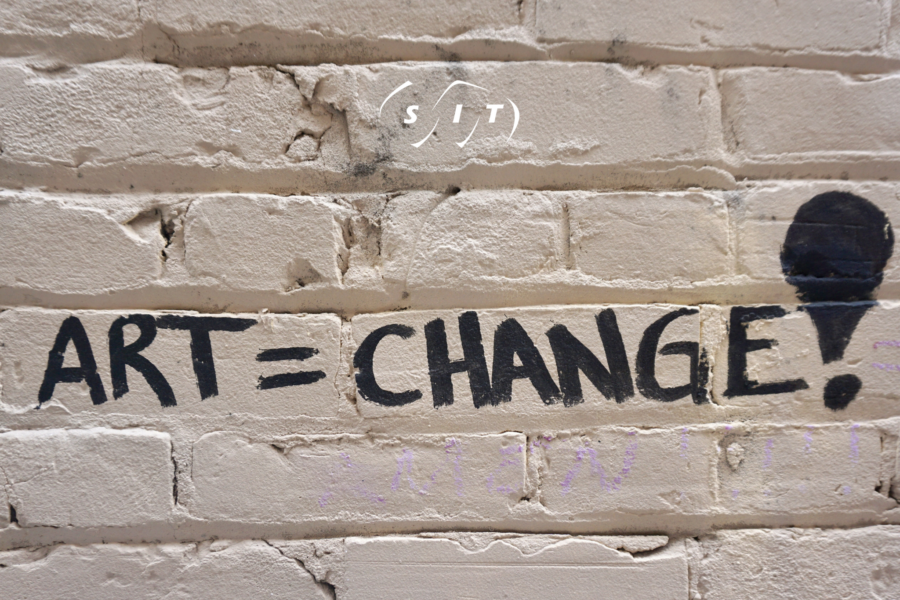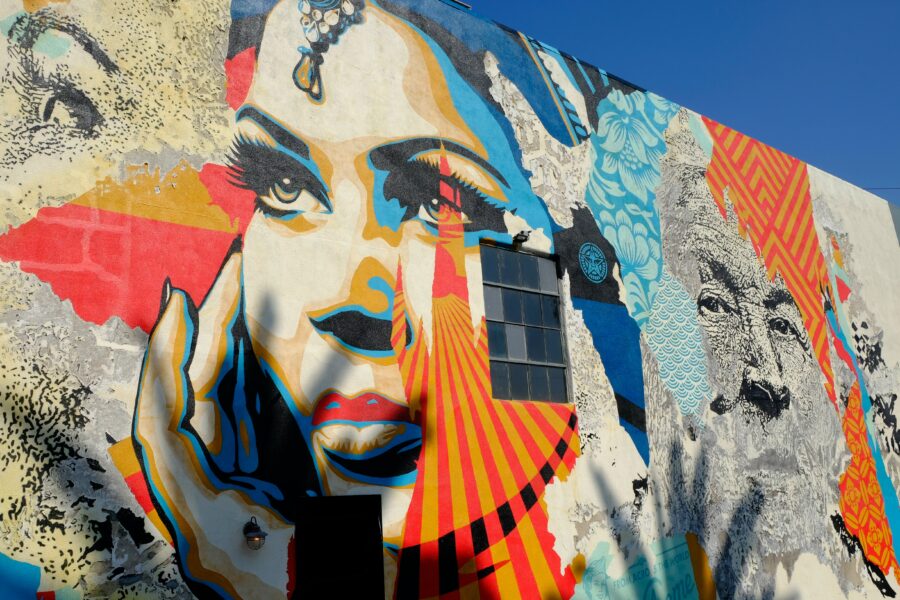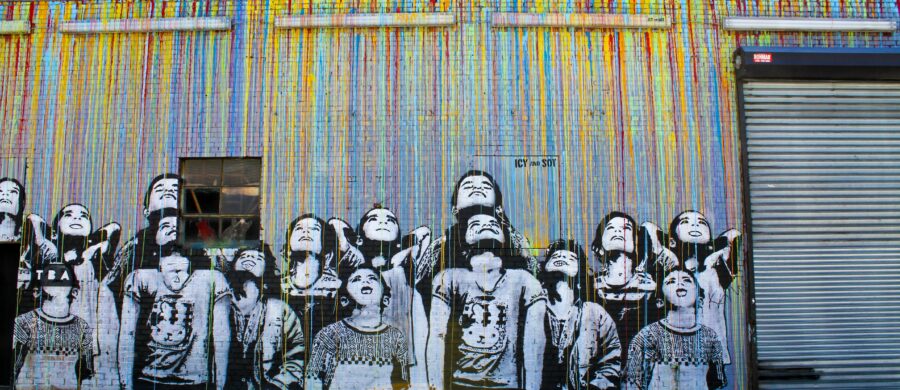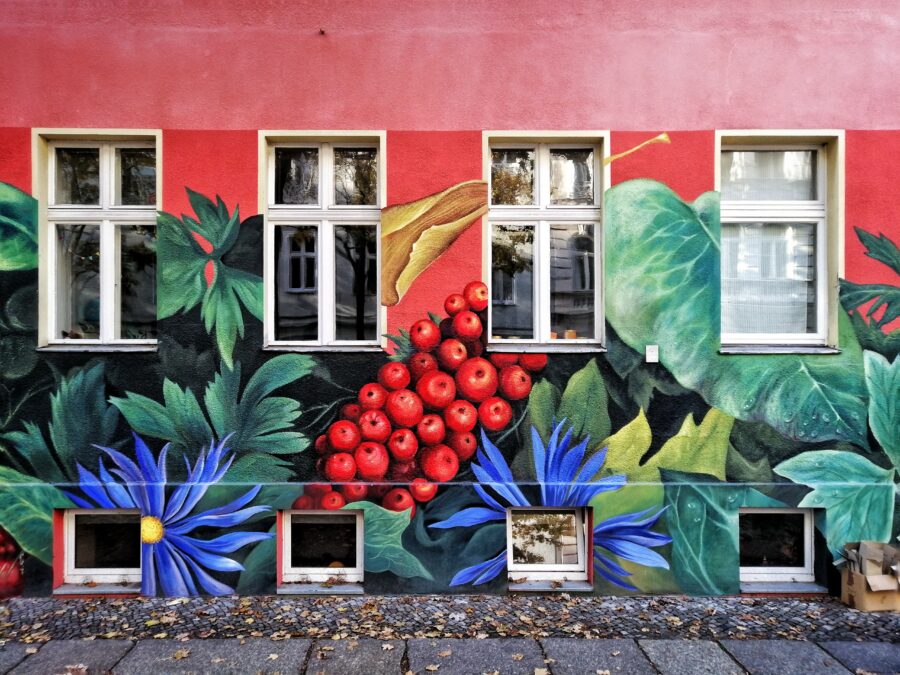
Urban art has evolved from its origins as an underground form of expression to become a globally recognised and appreciated phenomenon. Emerging from street culture and graffiti, street art has taken cities around the world by storm, leaving its mark on contemporary culture.
In this article, we will explore the fascinating history, techniques, styles and cultural significance of street art, as well as its impact on society and its future in the art scene.
The spread of street art
From its humble beginnings on the streets of New York in the 1970s, street art has found its way to different cities around the world. What began as a form of protest and rebellion has become a legitimate expression of creativity and social activism.
In every corner of the globe, urban artists have left their mark, beautifying and transforming forgotten urban spaces into vibrant canvases that convey powerful messages.

Techniques and styles of urban art
Street art is characterised by a variety of techniques and styles. Among them is stencil, which allows artists to depict detailed images in a quick and repeatable manner.
In addition, muralism, an expansive and colourful form of street art, captures the attention of passers-by and transforms nondescript walls into cultural masterpieces. Poster art has also gained popularity, adorning cities with eye-catching messages and designs.
The importance of urban art in contemporary culture
Urban art is not limited to the streets; it has left a lasting impression on contemporary culture. Its influence is reflected in fashion, design and other art forms. From urban artists collaborating with well-known brands to their works becoming music album covers, street art has transcended its original context to inspire and enrich different creative spheres.

The debate over the legality and censorship of street art
Despite its growing popularity, street art faces legal and censorship challenges. The line between artistic expression and vandalism is blurred, and urban artists must contend with the possibility of facing legal consequences for their work. Moreover, there are notorious cases of street art that has been censored or destroyed due to its controversial content or the intervention of municipal authorities.
Urban art collaborations and festivals
To celebrate and promote this art form, festivals and events dedicated to urban art have been created in different parts of the world. These events offer urban artists the opportunity to collaborate, share ideas and enrich each other. They have also been instrumental in bringing urban art to a wider audience and legitimising its place in the contemporary art world.
The future of urban art
Urban art will continue to evolve in the coming years. With the advancement of technology and growing social awareness, we are likely to see a greater integration of street art into everyday life and global culture. This form of expression will continue to break down barriers and challenge conventions, being a powerful tool for creative expression and activism.

Conclusion
Urban art, born in the darkest corners of cities, has emerged to conquer hearts and minds around the world. From its beginnings on the streets to its recognition in the contemporary art world, street art has left an enduring mark on culture.
As it evolves, it will continue to serve as a reflection of society, a form of resistance and a valuable expression of human creativity. As we admire these works of art on the streets, let us remember that their message transcends beyond the walls, inspiring and uniting people in their search for beauty and truth.